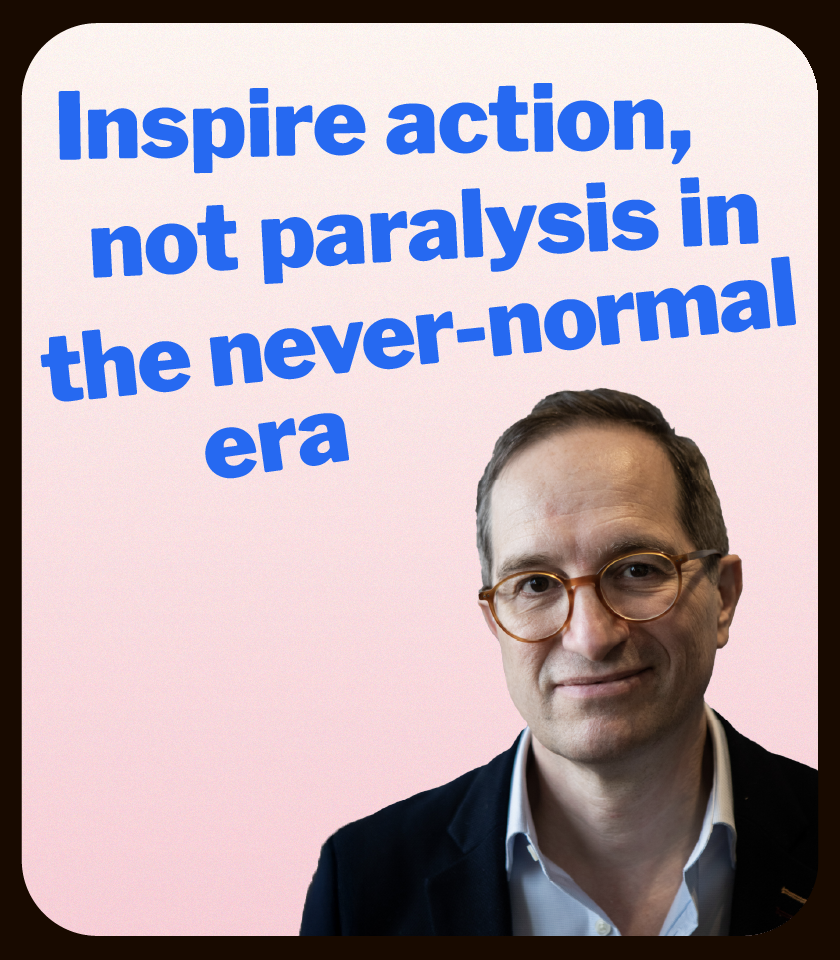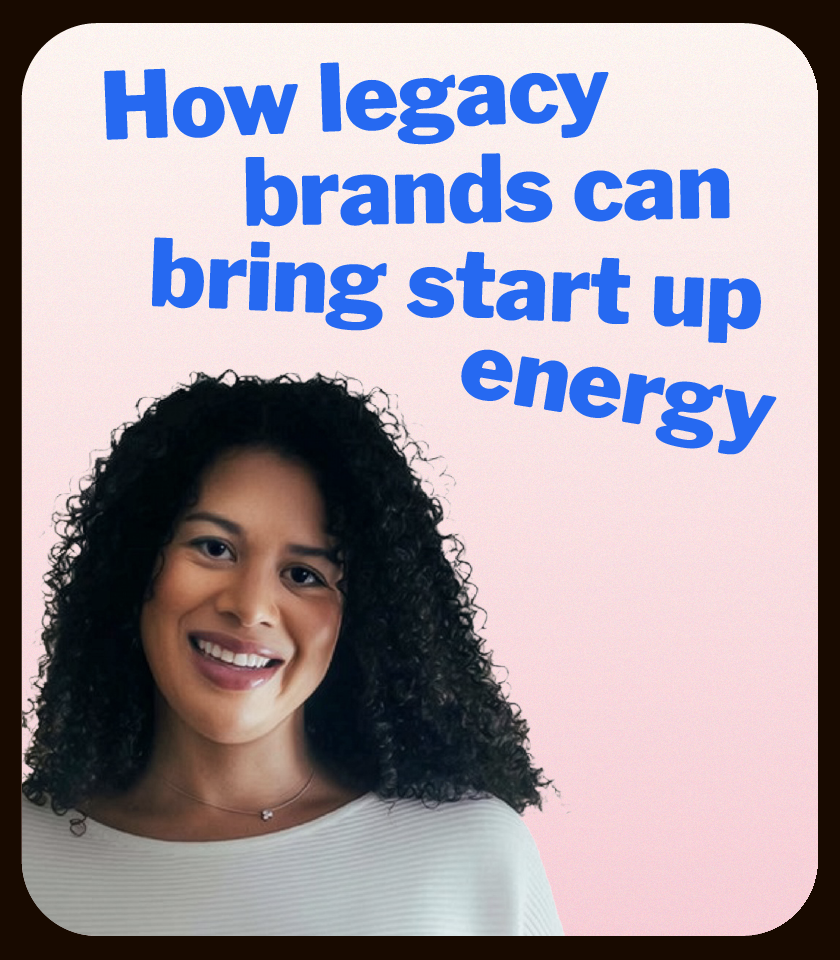If you’re in media, how often have you heard, “That’d be such a cool execution, but we don’t have the assets for that” from your client or creative team?
If you’re a creative, how often have you had to scrap a powerful concept because media never planned for the platform?
If you’re a strategist, how often do you find that your target consumer or product insights never made it past the deck you presented because they got lost in a game of telephone between creative and media?
If you’re anyone anywhere, how often have you seen an ad and thought, "Why is that ad there…?”
You can put your hands down now.
If you understand the pain associated with all these questions, you’re probably wondering if integrated teams are worth the hype.
As holding companies and independent agencies alike manifest the era of consolidated, full-service offerings – winning holistic accounts that include strategy, PR, media, analytics and more – the idea that the teams responsible for each of these deliverables can somehow magically work together seamlessly is class-A pipe dreamery.
From my experience working at agencies both humongous and small, integrated or part of a 5+ agency team, I have seen many different approaches to making ‘integrated’ a genuine reality. Some have worked better than others – but all of them have featured one aspect of our complex landscape getting neglected. The neglected team usually fights for a voice while other teams are complacent with the process. What folks tend to forget is that by neglecting parts of the whole, we’re diminishing the value and impact of our own work – both internally and when it’s out in the world.
Respecting everyone’s roles and responsibilities is additional and sensitive work, outside of our comfort zones, and contingent on a willingness to teach and be taught. Maybe a media person finds creative too whimsical or a creative finds media a bit on the snoozy side. Whatever we think of other disciplines or agency partners, it’s our job to take ownership (and appreciation) for how their contributions affect the whole. When teams and agencies take a genuine interest in the success of their peers, the work gets better and the client gets happier. Sharing ideas across functions and engaging in regular conversations such as unstructured brainstorms, sitting in on other teams’ internal reviews, and playing the advisory role can make all the difference between ideas that reach their full potential, and not.
Since joining Curiosity, I’m already inspired to be a part of an agency that strives to live up to the word ‘integrated’. I don’t mean to say we’re perfect – but it’s refreshing to see cross-team folks regularly sitting with each other, making space for different opinions and perspectives, and pressure-testing concepts to ensure the thread that runs through each department’s contribution is strong. In refining our efforts to work as a truly cohesive team, we’re not only cooking up more effective campaigns, we’re building a team that understands each other and their roles.
So really, at its core, integrated advertising is an exercise in empathy.
So here’s my challenge to you: If advertising’s altruistic function is telling stories and creating spectacles that drive genuine connection, shouldn’t the humans making them – even with the inherent difficulties of people, partners, and clients – also be genuinely connected? I know firsthand it’s worth a shot.



.png)




